9 January 2025
Group work can be a powerful tool in education. It fosters collaboration, critical thinking, and problem-solving skills. However, anyone who has ever facilitated group work knows that keeping students on task can sometimes feel like herding cats. There’s always that one group that veers off-topic, or the students who seem more interested in chatting about weekend plans than the assignment at hand.
So, how do you ensure that group work remains productive and on track? Let’s dive into several effective strategies that will help you keep students focused during group activities and make the most of their collaborative learning experience.
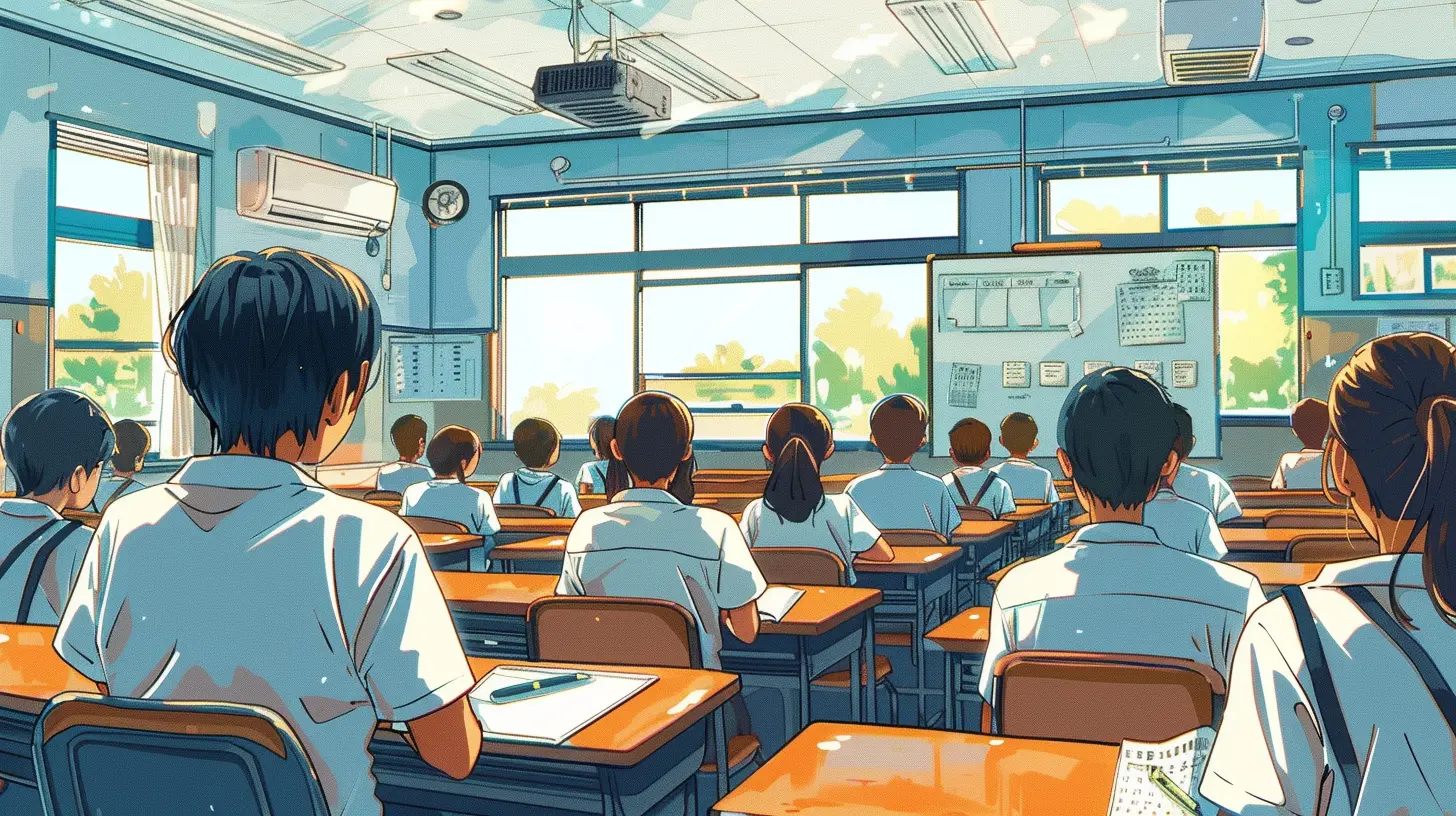
Why Is Group Work Important?
Before we jump into the “how,” let’s revisit the “why.” Group work is essential not just because it encourages students to collaborate, but also because it helps develop a range of skills that are difficult to nurture in individual work. These include:- Communication skills: Learning how to articulate ideas and listen to others.
- Teamwork: Understanding how to work effectively with different types of people.
- Critical thinking: Collaborating often brings different perspectives that challenge students’ assumptions.
- Leadership: Taking charge and guiding the group towards the goal.
- Problem-solving: Tackling complex tasks together often leads to better solutions.
But despite these benefits, the reality is that some students may lose focus during group activities. So, what can be done to keep students on task?
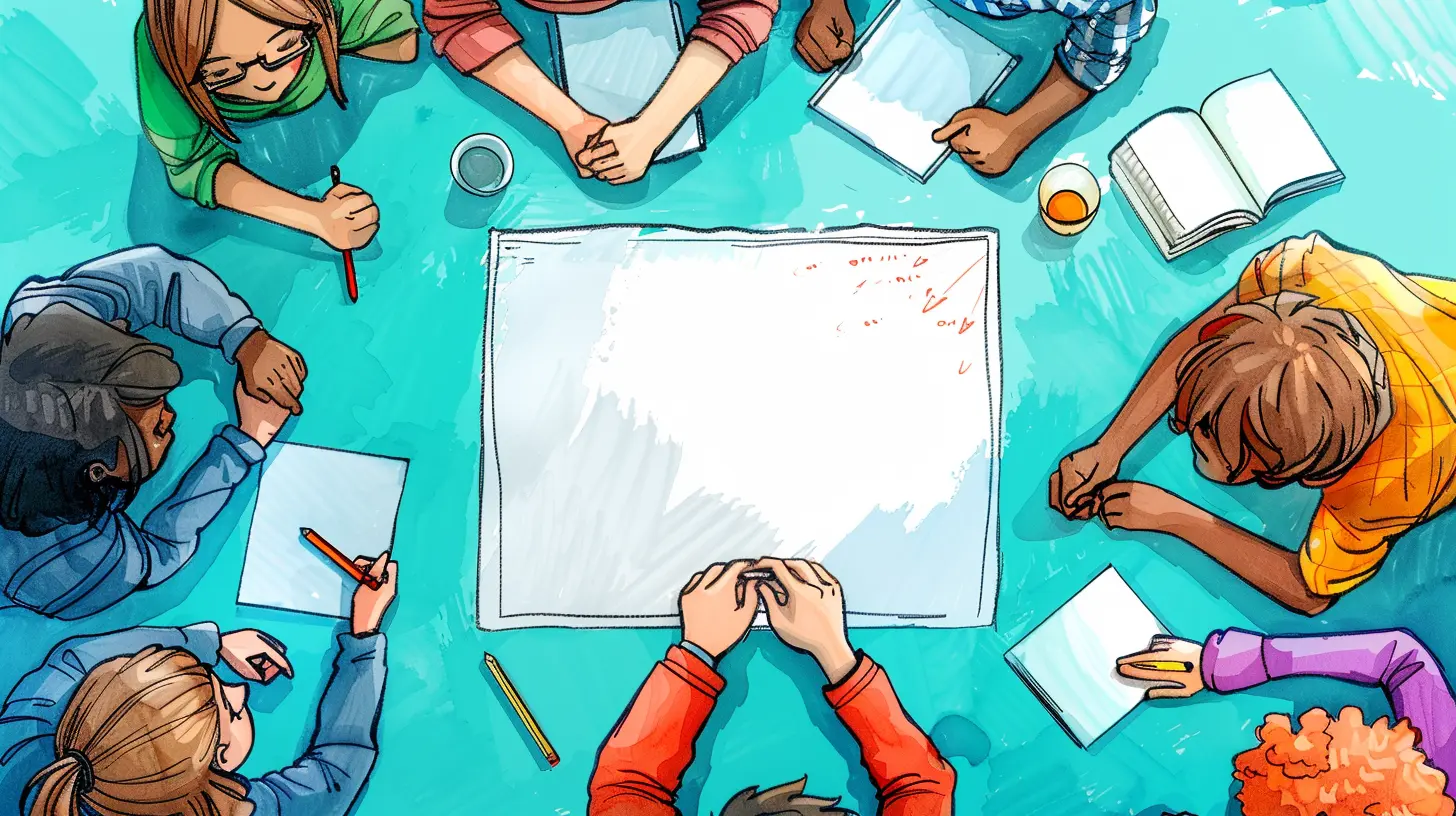
1. Set Clear Expectations from the Start
One of the most effective ways to keep students on task during group work is by setting clear expectations right from the get-go. Think of it like giving them a roadmap. If students don’t know where they’re going, they’ll get lost—and quickly.How to Set Clear Expectations:
- Provide specific instructions: Whether it’s the final deliverable or the steps students need to take, be crystal clear. Don’t leave room for interpretation.- Outline roles: Assign specific roles to students within each group, such as leader, recorder, timekeeper, or presenter. This ensures that everyone has a responsibility and no one can slack off.
- Set time limits: Let the students know how much time they have for each segment of the task. Time constraints can help keep them focused and prevent them from procrastinating.
Example:
“Okay, guys, by the end of this session, I want each group to present a 5-minute summary of their findings. John, you’re the group leader, so make sure everyone stays on task. Emily, you’ll be the timekeeper—keep an eye on the clock!”When students know exactly what's expected of them from the outset, they’re more likely to stay on track.
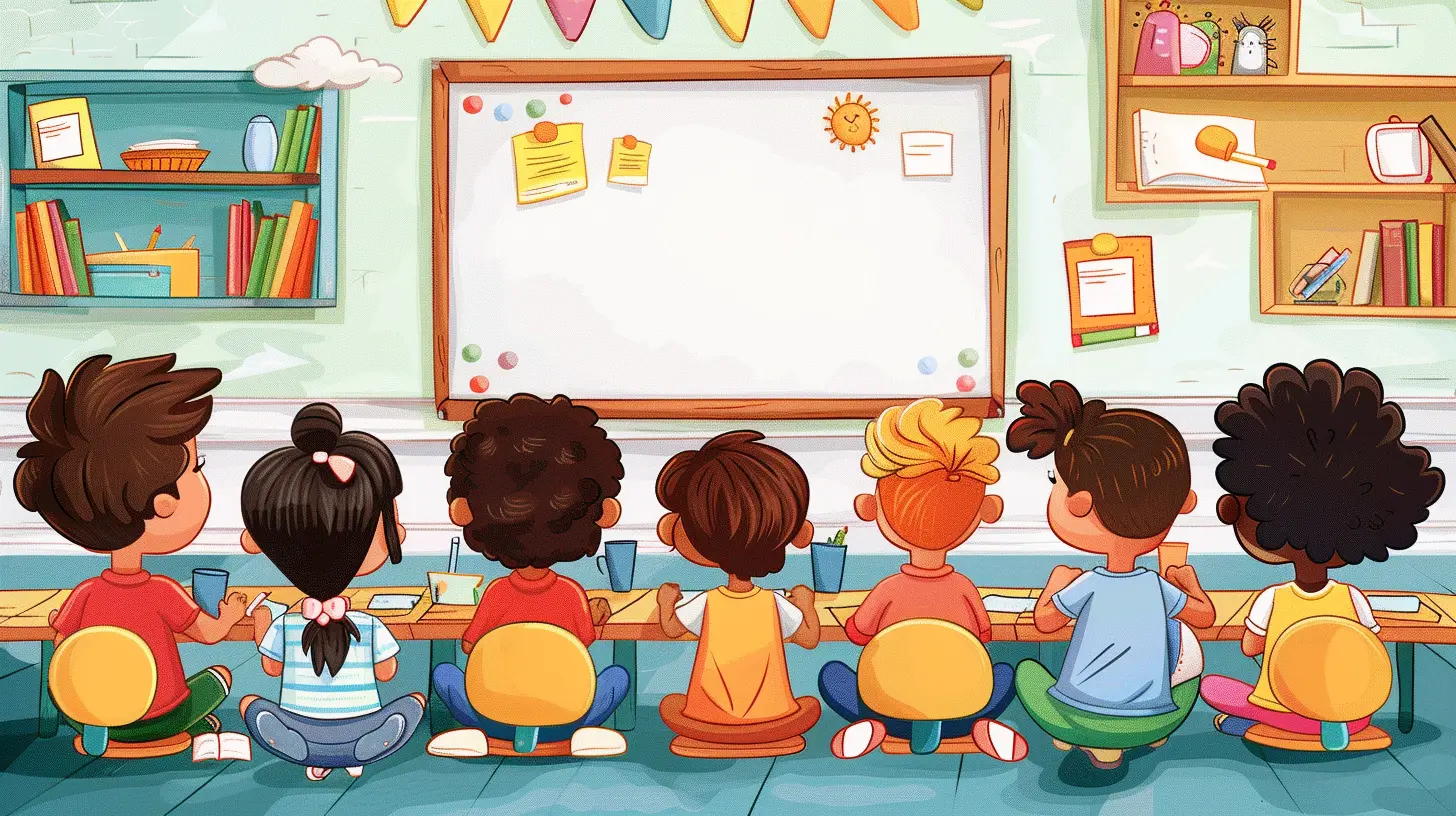
2. Use Structured Group Work
Free-for-all group work can lead to chaos. Without structure, students may not know where to start, which can result in off-topic conversations or confusion. Providing a clear structure can make all the difference.What Does Structured Group Work Look Like?
- Break tasks into smaller steps: Instead of giving one large task, break it down into more manageable steps. For example, if students are working on a group project, you can break it into research, planning, execution, and presentation phases.- Create checkpoints: Periodically check in with each group to ensure they’re on track. These mini-deadlines can serve as accountability markers.
Example of a Structured Task:
If your students are working on a science project, instead of saying, “Research and present your findings on climate change,” break it down:1. Research the causes of climate change (15 minutes).
2. Discuss findings and decide on the key points to present (10 minutes).
3. Create a visual or PowerPoint presentation (20 minutes).
By breaking it down, students can focus on one step at a time, reducing the temptation to stray off-topic.
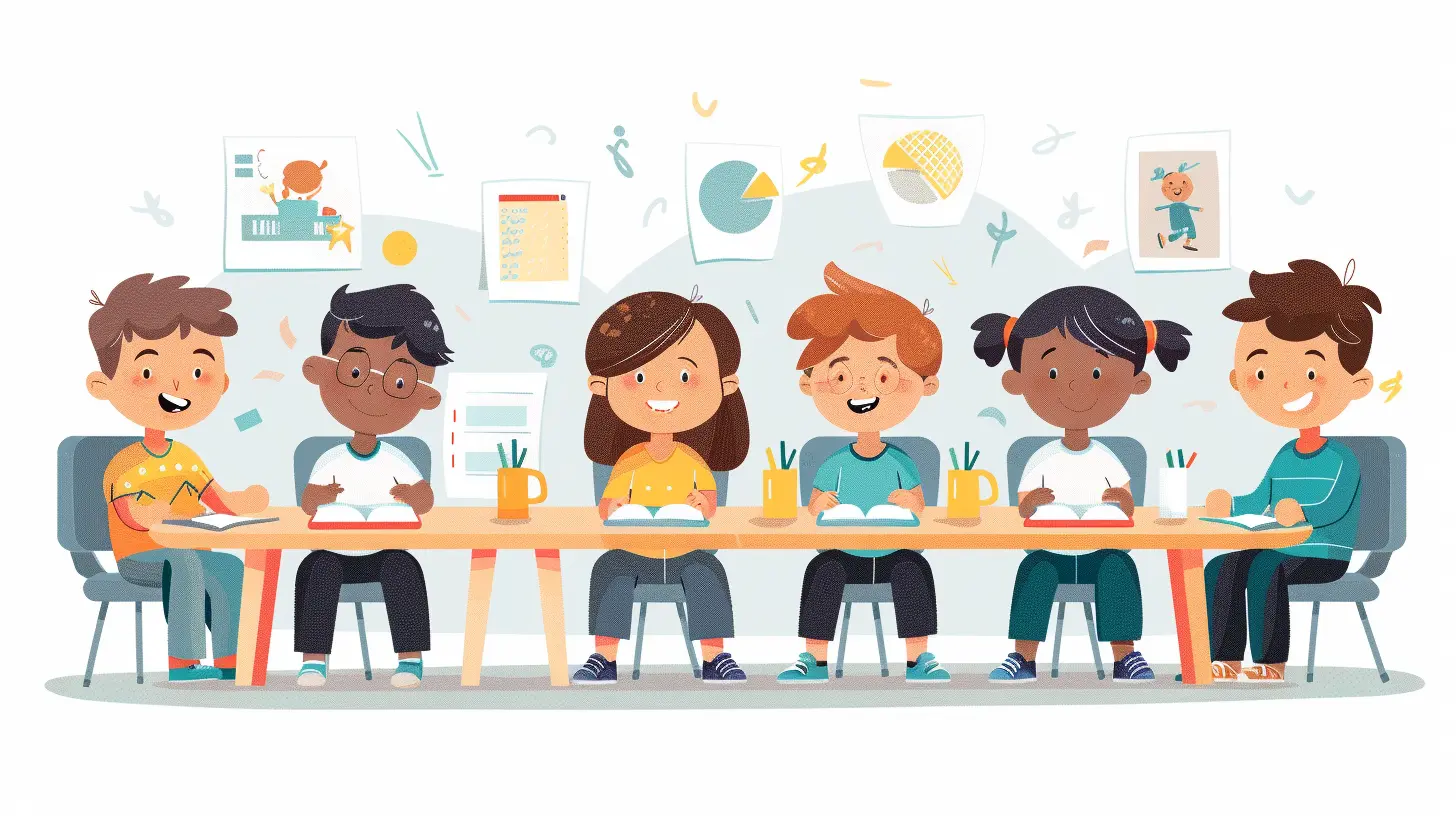
3. Keep Groups Small
Here’s a simple truth: The larger the group, the easier it is for students to hide in the background or, worse, completely zone out. In smaller groups, everyone has to pull their weight.Ideal Group Size:
The sweet spot for group size is typically between 3 to 5 students. This ensures that each member has a role and everyone’s voice is heard. Larger groups can lead to fragmentation, where a few students dominate the conversation, and others disengage.Smaller groups promote accountability and meaningful interaction. When students know they’re essential to the group’s success, they’re more likely to stay engaged.
4. Monitor and Engage with the Groups
Let’s be real—students are smart. If they sense that the teacher is distracted or not paying attention, they’re more likely to go off-task. This doesn’t mean you have to hover over them, but a little presence can go a long way.How to Monitor Effectively:
- Circulate the room: Walk around the classroom and listen in on group conversations. This not only helps you keep tabs on what’s happening, but it also shows students that you’re engaged.- Ask probing questions: Instead of just observing, ask groups questions like, “What’s your main point so far?” or “How are you dividing the work?” This keeps them on their toes and encourages them to stay focused on the task.
- Provide feedback: If a group is off-topic, redirect them gently. If they’re on the right track, give positive feedback to reinforce their behavior.
By actively engaging with the groups, you’re signaling that their work matters, and that you’re there to support and guide them.
5. Incorporate Accountability
Accountability is a powerful motivator. When students know they’ll have to report on their work, they’re more likely to stay focused.Ways to Build Accountability:
- Individual assessments: Even in group work, hold students individually accountable for their contributions. This could be through self-assessments, peer evaluations, or individual reflection papers.- Group presentations: At the end of the task, have each group present their findings. Knowing they’ll have to share their work with the class can be a strong incentive to stay on task.
- Random selection: Let students know that you might randomly select one student from each group to explain their progress. This keeps everyone on their toes and engaged.
Example:
“By the end of today’s session, I’ll randomly select one person from each group to explain what the group has accomplished so far. So make sure everyone is on the same page!”This element of unpredictability ensures that no one slacks off, as they might be the one called to present.
6. Use Technology Wisely
Incorporating technology into group work can be a double-edged sword. On one hand, it can enhance collaboration and make tasks more engaging. On the other hand, it can become a distraction if not used properly.How to Use Technology Effectively:
- Collaborative tools: Use tools like Google Docs or Microsoft Teams that allow students to collaborate in real-time. This makes it easier for them to share ideas and stay organized.- Set guidelines for tech use: Make it clear how technology should be used during group work. If they’re using laptops or tablets, ensure they’re using them for educational purposes, not for browsing social media.
- Monitor online interactions: If students are working on a shared document or platform, you can monitor their contributions and provide feedback in real-time.
Technology can be a valuable asset when used properly, but it’s important to set boundaries to avoid distractions.
7. Keep Group Work Engaging
Let’s face it—students are more likely to stay on task if they’re interested in what they’re doing. The more engaging the activity, the less likely they are to drift off into unrelated conversations.How to Make Group Work Engaging:
- Use real-world problems: Instead of abstract assignments, use real-world scenarios that students can relate to. For example, if you’re teaching economics, have them work on a project related to budgeting for a school event.- Gamify the task: Turn the group activity into a competition. Offer small rewards for the group that stays on task, completes the assignment first, or presents the most creative solution.
- Incorporate student choice: Allow students to choose their groups or topics. When they have a say in what they’re working on, they’re more likely to invest in the task.
By tapping into students’ interests and preferences, group work becomes something they look forward to, rather than a chore.
Conclusion
Group work doesn’t have to be chaotic or unproductive. By setting clear expectations, providing structure, keeping groups small, and incorporating accountability, you can keep students focused and engaged. Don’t forget the importance of your role as the facilitator—monitoring, engaging with, and encouraging students throughout the process is key.Remember, the goal of group work isn’t just to complete the task at hand, but to help students develop essential skills that will serve them well beyond the classroom. With the right strategies in place, you can ensure that group work is a positive and enriching experience for all.





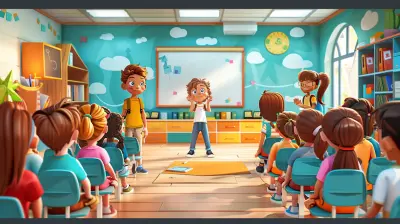
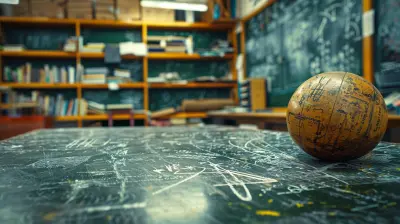


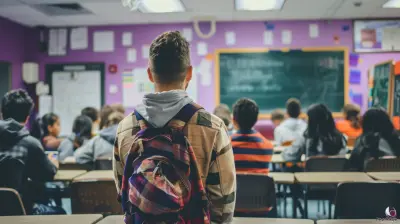

Aiden Carter
Empower collaboration, inspire focus!
March 29, 2025 at 11:59 AM